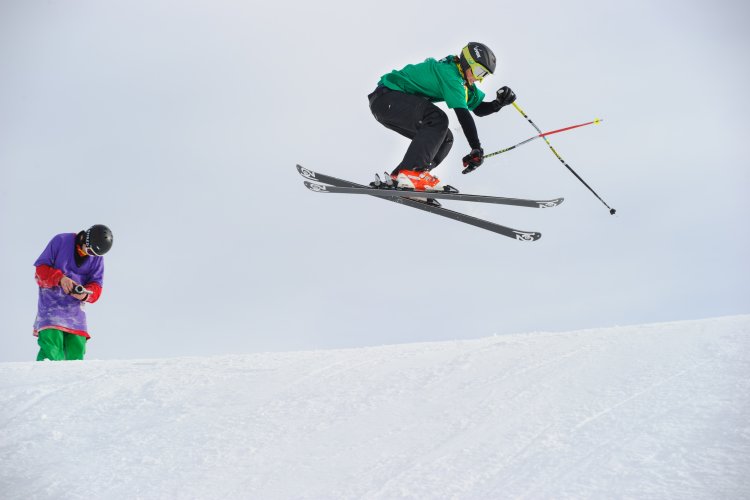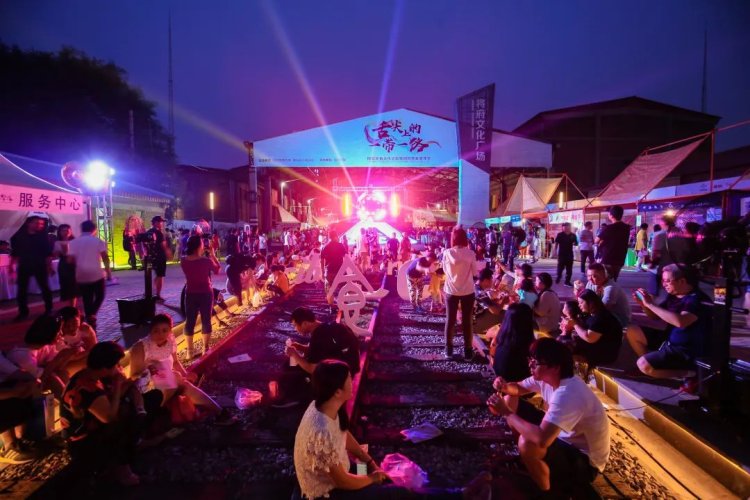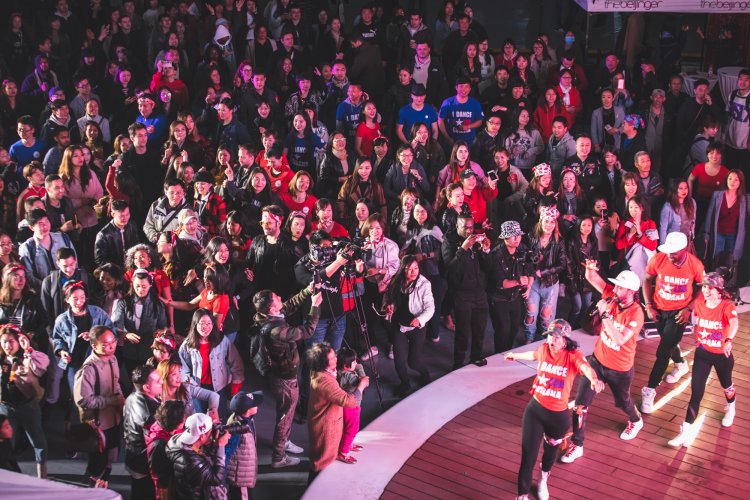Skiing in China: What You Need to Know
Chinese historians claim, based upon cave paintings and carvings found in the Altai Mountains in northwestern China, that skiing has been practiced there for at least 10,000 years and that China actually is the birthplace of skiing.
Whether or not that’s true, it’s indisputable that Europe has had more than a century and a half to practice and perfect recreational skiing, while China’s first ski resorts opened in the mid-1990s in the northeastern provinces of Heilongjiang (Yabuli) and Jilin (Beidahu). Since then, 400 or so resorts – most quite small – have sprung up in the vicinity of any big city where winter temperatures go below freezing.
They’re all jostling to grab a share of the skiing market, whose growth is estimated at an annual 15 percent. Every March, the ISPO (International Wintersports Exhibition) is held in Beijing, where all bigger winter sports brands are in some way represented in the Chinese market, hoping to compensate for the decreasing ski market in Western countries.
Basics
Compared to Western standards, most of China’s ski resorts are small and the concept is a bit different. Many small resorts around the big cities charge a nominal entrance fee, regardless of whether you ski or not. Organization can be chaotic and the equipment old, although nowadays most ski resorts offer carving skis and snowboards in two different categories, Standard and “VIP.”
We strongly recommend splurging on the better equipment, as it simply makes skiing easier, safer and more fun. Occasional skiers need not invest in a ski suit or helmet, since those can be rented at the resort. Do bring your own gloves, hats and sunglasses or goggles.
Since northern China does not get much precipitation in the winter, all the ski resorts need to produce artificial snow. Thanks to the dry and cold climate, the snow quality is mostly excellent.
However, don’t expect the complete winter experience with snowy forests and mountains. You may get a glimpse of it in the Dongbei provinces, but around Beijing, only the slopes are white; the surrounding landscape will be brown, except after a rare snowfall. Temperatures in the Beijing area are reasonable, staying mostly around 0 to -10 C. In the Chongli cluster, with its higher elevation, the mercury can drop significantly lower; temperatures of -15 to -27 C are normal between December to February. In Dongbei, -20 to -30 C is normal. It can even drop towards -40 C when wind chill comes into play. So bundle up properly with functional mountain wear.
Beijing-area ski resorts mostly open their slopes in early December and close by mid-March. In the Chongli area and in Dongbei, the season can last from early November until early April.
On the weekends, the ski resorts are naturally most crowded with peak day on Saturday and a few less people on Sunday. During the week, most ski resorts are fairly empty.
It’s rare that the ski resorts have English-speaking staff. If you don’t speak any Mandarin at all, we recommend that you join an organized ski tour with a travel company.
Rates
Rates can vary widely (weekdays/weekend, holidays, off- and peak season). Generally speaking, an all-day ski pass with the top equipment in the areas around Beijing costs around RMB 400. Prices at the larger resorts are significantly higher.
In most resorts, equipment rental is included in the price of a day pass. Many resorts charge an additional deposit in case you damage the equipment.
All ski resorts offer ski and snowboard instructors, but very few speak English. Ski lessons with a private ski instructor generally cost RMB 200-300/hour or RMB 1,000-1,200/day. Group lessons are rare.
Safety
With skiing, there are two major safety issues. The first involves the sheer number of novices who are just trying it out for fun without the guidance of an instructor. On the beginner slopes, one needs to be constantly on the lookout for human “snow bombs” barreling uncontrolled down the mountain. After every turn, it is wise to glance back upwards to check the slope above you for dangerous beginners who may be heading your way without knowing how to brake.
The second issue lies with the equipment, especially with the ski boots. Choose the best possible fit (better too tight than too wide); make sure your heel cannot move up and down inside the boot. If you’re renting equipment, you will be given skis which fit the boots; as a rule, the ski bindings (the attachment which anchors a ski boot to the ski) will not be adjusted to your skiing skill and body weight. Mostly, they are set too lightly to make sure that the ski will release in case of a fall (ski resorts want to avoid being sued in case of a skier gets injured due to bindings which are set too tightly). However, this practice creates another risk – the ski may release inadvertently, especially for advanced skiers who like to ski fast and build up pressure during the turns.
Therefore, we highly recommend adjusting the bindings to your needs. The binding has two release points, one at the front and one at the back. They display a scale of 1 to 10, in which each number represents 10kg. For example, a skier weighing 60kg with intermediate skills should set the binding (both skis, front and back) at 6. If you are a beginner, it’s recommended that you set it one number lower than your weight; if you are advanced or expert, choose one number higher, e.g. a 60kg beginner sets the binding at 5, a 60kg advanced/expert skier at 7.
The adjustment of the bindings requires a screwdriver, which can be borrowed from the staff. Ideally, you tell the staff to set the binding at your desired number. If they refuse, take the screwdriver and do it yourself.
This article originally appeared on page 11 of the January issue of the Beijinger.
Photos: Christoph Mueller






